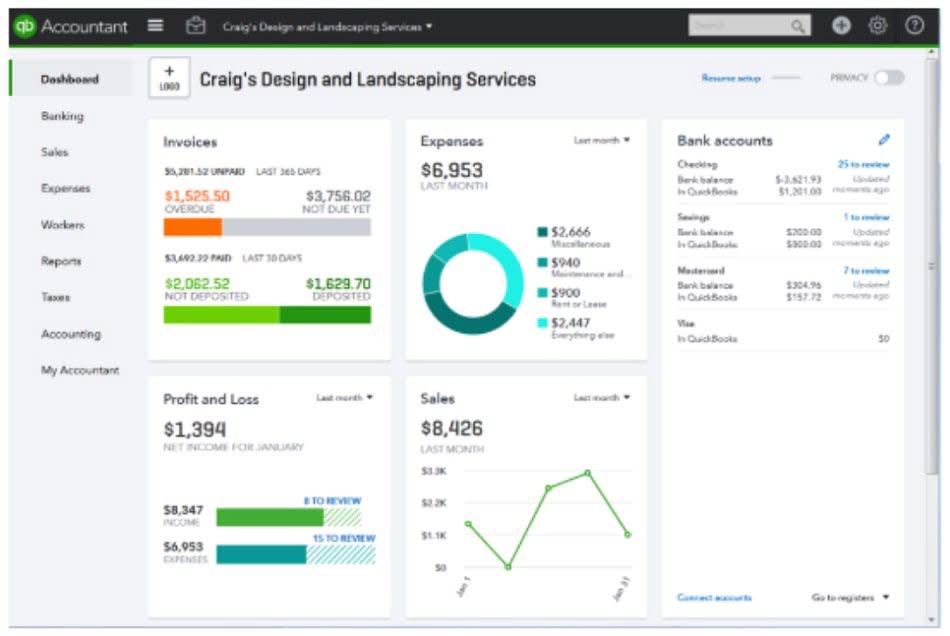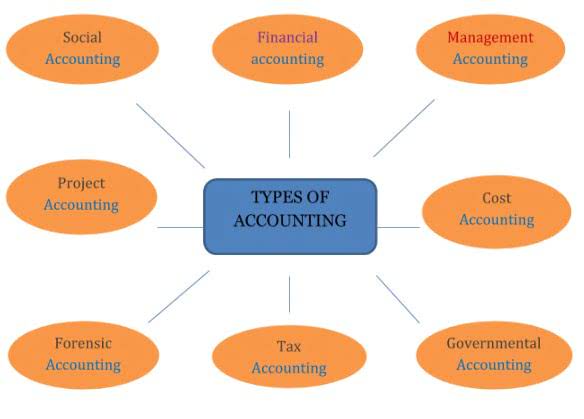Free samples or donations made to charity are treated as an advertising expense by the business. Example – Max Withdrew 1,000 in money for private use from his business. Get free guides, articles, tools and calculators that will help you navigate the financial aspect of your corporation with ease. Our intuitive software automates the busywork with powerful tools and options designed that will help you simplify your monetary management and make knowledgeable business decisions. In the above instance, Y Ltd. acknowledges purchase books in its books of account.
Example Half 1 – Interest income of two,500 associated to the current year is due on the steadiness sheet date. Failing to record earned income can understate income, making financial reports inaccurate. GAAP and IFRS require accrual-based accounting to supply a good view of monetary performance. Accruals ensure monetary statements mirror true earnings and expenses, main to higher monetary evaluation.
Why Are Accrued Bills Important?
Money accounting is fairly straightforward—you solely report cash when it enters or leaves your checking account. In the accrual technique, the transaction is recorded within the books of accounts when generating gross sales invoices, no matter whether or not money is acquired. Accrual accounting is essential for an enterprise by way of precisely recording sales and purchases. Having the correct timeline for such transactions helps financial records to align with business activities and make changes as per business goals. Contemplate a scenario where an employer pays wages to its staff on the twentieth day of the month for the hours they worked. In such a case, employers can accrue any extra wages earned from twenty first day to the top of the month, making certain full quantity of expense on wages will get recorded in financial statements.
With Out accruals, firms would solely show earnings and bills associated to money flows or cash coming out and in of their bank accounts. The identical may happen with bills not being allocated to the correct period they had been incurred. The adjusting journal entries for accruals and deferrals will all the time be between an income assertion account (revenue or expense) and a steadiness sheet account (asset or liability). A firm usually acknowledges an increase in accrued expenses instantly because it occurs. It is credited to accrued expenses on the legal responsibility facet of the steadiness sheet.
- You can observe long-term projects, regulate unpaid invoices, and make better selections about the place your cash is going.
- Utilizing the accrual technique, you would report a lack of $2,000 for the reporting interval ($2,000 in earnings minus $4,000 in accounts payable).
- Additionally, from an investor’s perspective, accrued expense helps verify an correct picture of the company’s profit.
Accounting Providers
Accruals within the enterprise can include different transactions, corresponding to expenses incurred but not yet paid or unpaid invoices for any providers provided. The use of accruals and deferrals in accounting ensures that revenue and expenditure is allotted to the correct accounting interval. Adjusting the accounting records for accruals and deferrals ensures that financial statements are ready on an accruals and never money basis and comply with the matching concept of accounting.
Within the double-entry bookkeeping process, any accrued expense is taken into account the liability of the agency and accrued revenue is taken into account enterprise assets. These belongings and liabilities are sometimes short-term i.e. current https://www.online-accounting.net/ belongings and present liabilities. Entities reporting beneath US GAAP are required to use the accrual basis of accounting. In different words, businesses using the accrual foundation should acknowledge bills for goods and providers they have acquired once they use them even when they haven’t paid for them. Double-entry accounting is employed, which means every transaction should have a debit and a credit score entry. This transfer will increase income and accounts receivable within the company’s monetary statement.
Difference Between Accrual And Matching Concept
In common apply, many corporations give post-sales reductions to their dealers on a quarterly, half-yearly, or annual foundation for attaining a goal on the end of the scheme interval. The company should make monthly provisions to match the sales vs. low cost for giving the correct monthly monetary statements. In follow, the accrual idea is applied when firms document their items offered as income when it is only shipped to prospects, and the customer has nonetheless not paid the money for the product. Overall, acceptable utility of the accrual idea is important in business as it helps you get an correct image of the enterprise finances. Having an correct monetary statement helps the decision makers to make adjustments as per necessities, thus serving to the business improve with time. Let us think about a couple of examples to fully perceive journal entries for accruals in a enterprise.
Has your corporation reached the purpose the place you’re prepared to rent more staff or broaden into new customer markets? As your small business accrual entries examples turns into extra complex, it might be time to revisit whether or not accrual accounting will be more effective in your monetary and tax reporting. Verify out our article to better understand the differences between accrual and money accounting.
Prepaid bills are payments made prematurely for items or providers that shall be received in the future. These are initially recorded as property on the balance sheet and gradually expensed over the periods to which they relate. Additionally known as accrued liabilities, these are bills incurred however not paid for throughout an accounting period, corresponding to utility payments.
Accrued bills and liabilities are generally classified as present liabilities because their payments are due inside a 12 months. Accrued expense refers back to the expense that has already been incurred but for which the payment isn’t made. Accrual accounting allows companies to seize a true and truthful view of their monetary efficiency and place. By recognizing revenues and expenses once they occur somewhat than when money modifications hands, this methodology ensures financial statements are more reflective of reality. Prepaids and accruals are central parts of this method, allowing for the correct timing of expense and income recognition.











